Why a 12 year-old Holden Volt PHEV is the perfect first car. And it’s not because I’m still drunk | Opinion
With my head fuzzy from a pre-Christmas cocktail, a mate’s question about the old, over-priced and poor selling 2012-15 Holden Volt rattled me sober.
“My son’s seen one on Carsales and reckons it’d be an ideal first car,” he told me as we settled into Chrissy party mode.
What are kids smoking/vaping these days? A Holden Volt? Really?
I told him I’d not seen one on the road since Kevin Rudd had the main job, and questioned if any Volts had survived into 2024.
READ MORE: The sub-$30K used EV bargains in Australia – is now the perfect time to buy?
READ MORE: EVs from $9000 – the cheapest used electric cars found in Australia
READ MORE: The ultimate guide to buying an EV in Australia: Everything you need to know
He showed me the Carsales ad, and sure enough, here was a shiny 2013 Holden Volt plug-in hybrid on bad boy black rims and Michelin-stamped performance rubber for $14,000.
Cue my expert motoring journalist opinion: “That doesn’t look too shit.”
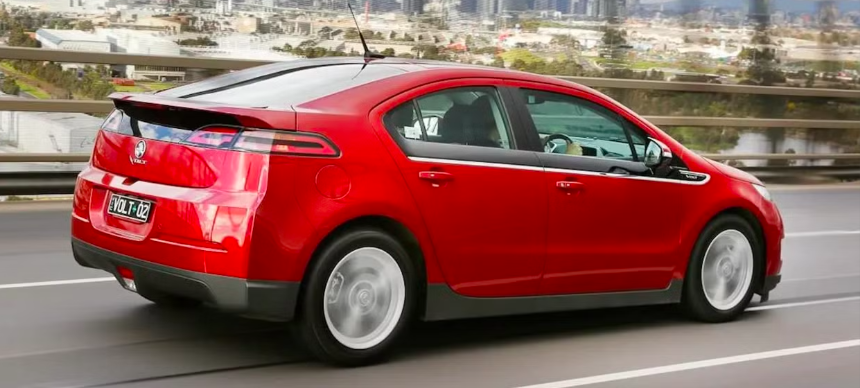
But as a P-plater’s first car? How had he landed on a Volt?
“Everything else he’s looked at has bored him,” was the response. I was told the son didn’t want the current teen fantasy tricked up ute (smart kid); insurance is crippling on anything sporty, and semi-affordable first cars were, quote: “Boring as bat shit.”
The young fella’s a car enthusiast, and compelling budget choices are scant. I lobbied for a Ford Focus Mk1 manual, Volkswagen Up or Mazda MX-5, but it appears the Volt has an ace up its sleeve. Fuel use. Or lack of it.
The P-plater lives in his parents’ solar-equipped house, and is convinced the Volt’s 87km EV-only range will translate to free fuel. I suggested 60km range was more real-world likely when these were new, and battery degradation over a decade would doubtless drop that further.
Even so, his daily commute is only 30km so it could work. Besides, range anxiety’s not a thing. The Volt has a 1.4-litre petrol four-cylinder up front, which powers a generator to feed the 16kWh lithium-ion battery when it’s exhausted. Combined range is a tolerable 600km.
It’s similar to Nissan’s e-Power system, resulting in a wholly EV-like drive virtually all the time. The petrol engine only charges the battery, it doesn’t turn the wheels except in very specific circumstances at high speed.
Use the Volt for short journeys only and the petrol engine need not be woken from its slumber. The battery charges using a 10A domestic socket, taking roughly 10 hours from zero to full. An ideal overnighter.
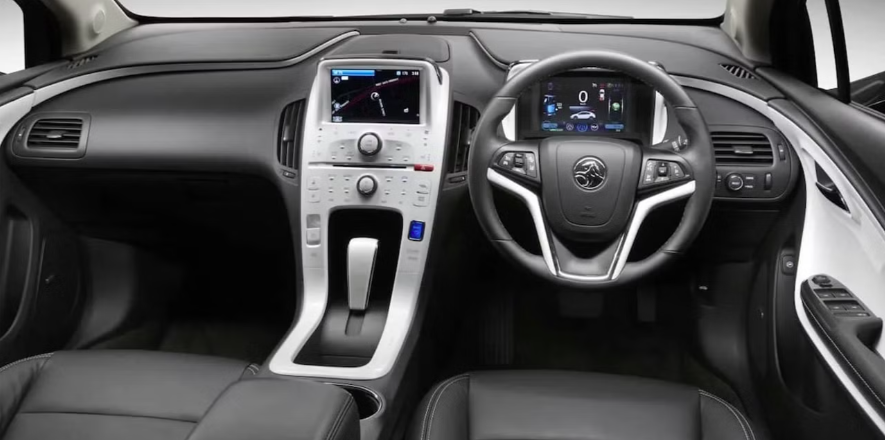
With another mojito in my bloodstream, I started to come around to this used Volt revelation.
Most of all, because here was a young chap showing enthusiasm and passion for his choice of car. That’s rare these days, so it mustn’t be trampled upon. “Let me look into it,” I said.
Next morning, nursing a hangover and my phone showing the car classifieds, I found three used Volts for sale. Two at $14K, and another with low kilometres (51,000 on the clock) for $18,500. Decent haggling should knock a few grand off those.
These Volts cost $60K when new (daftly over-priced, hence why they only sold about 250), but were suitably highly specced.
Heated leather seats, climate control, Bose audio, DVD player, USB socket, Bluetooth, infotainment screen, digital driver display, navigation, adaptive cruise control, lane departure warning, rear camera and eight airbags.
For a first car I’d be pretty pleased with those inclusions. As a parent, I’d be happy with my kid in a five-star ANCAP car (in 2012) with solid safety inclusions.
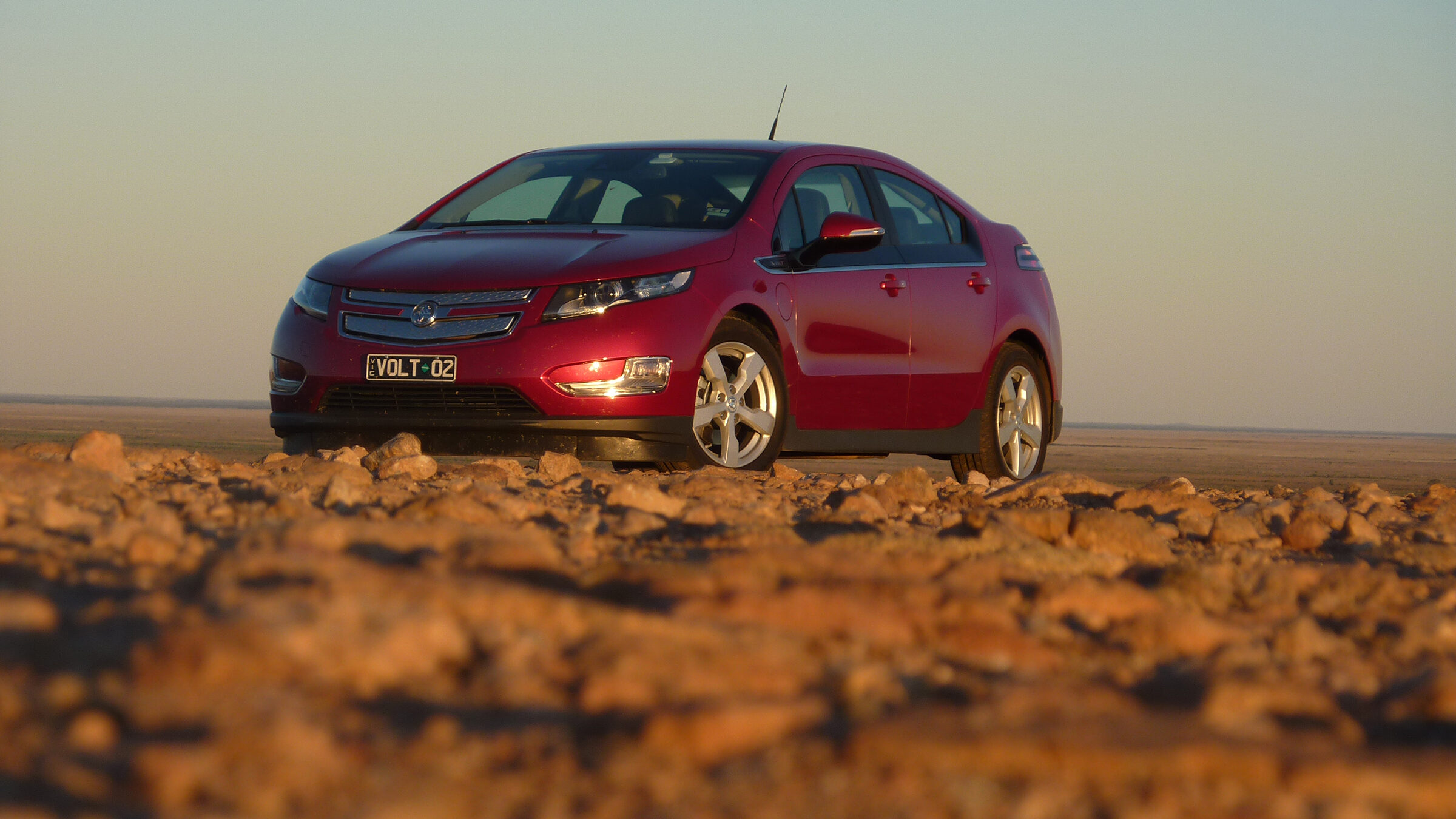
It’s lumbered with just four seats and a small boot, and style-wise looks ‘interesting’ rather than attractive.
But it stands out. It gets people interested and asking questions. And for those of us who still care about car culture, that’s invaluable.
A bit of forum scrolling showed Holden Volt and Chevy Volt (in the US) owners are reporting solid battery life expectancy. Quoting one, only 10kWh of the 16kWh is usable so there’s a decent security buffer, and there’s proper active thermal management. Ergo, most are in rude health.
GM’s conservative approach on the battery front means many happy customers with used Volts. Most report the battery still holds 10kWh (or close to it) after 10 years and over 100,000km. That’s bloody impressive.
By this stage, I almost wanted to buy one. With the used market still inflated, relevant P-plater cars around the $10k mark include seven year old Kia Picantos or ten year old Toyota Corollas. Pardon my yawn.
That makes a 13-year-old Volt with excellent equipment and fuel bills potentially costing buttons look damn appealing indeed.
The eco alternative’s a same age Nissan Leaf EV, costing from around $8000. Pardon, again, my yawn.
These had 175km full EV range when new, but honest sellers report around 60-70km is now typical with their ageing batteries – six to seven of the original 12 “battery health” bars remain illuminated (early Leafs were prone to battery degradation).
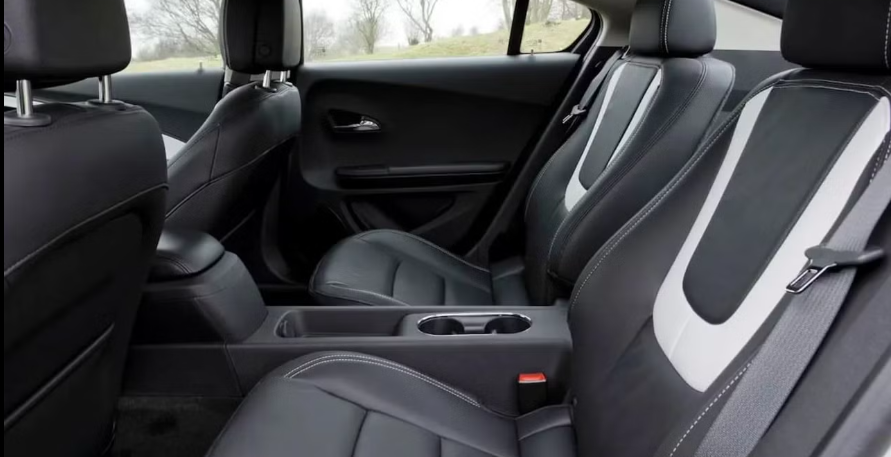
Basically, that’s the EV range you’ll get from an old Volt PHEV, plus it has the petrol backup trump card.
My God. Perhaps a used Volt is the perfect first car.
So if anyone wants to join me at a bar and disagree, as long as you’re paying for my mojitos, I’ll gladly argue this unicorn Holden’s case.
What EVCentral motoring writers said about the Holden Volt when new:
“The Volt’s a brilliant concept executed pretty darn well, and is surprisingly easy to live with as a family car.” – Toby Hagon
“A really refined and relaxing vehicle to drive. The regenerative braking system diminishes feel, but the basic driving experience is done competently to well.” – Bruce Newton
“A solid-feeling small car which excels in town if you’re gentle on the throttle: it’s blissfully smooth and quiet. But it’s not much fun dynamically and cripplingly expensive.” – Iain Curry (reviewing a 2012 Vauxhall Ampera, the Volt’s UK name).
Meanwhile, while editor of Wheels Magazine, Stephen Corby placed the Volt as finalist in 2012’s Car of the Year testing. The Toyota 86/Subaru BRZ took honours that year.

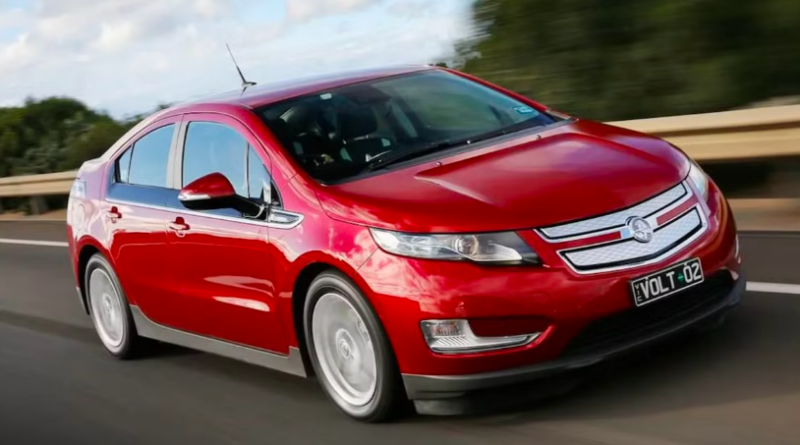


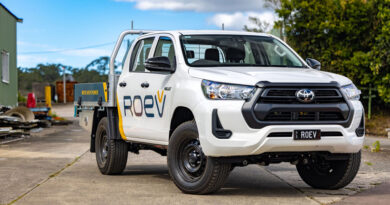
Seems a difference of opinion on this, showed my 4 sisters children aged between 18 and 26.
Their answer was why would I want that crap.
Seems girls have better taste
…which is what makes cars and car culture so interesting. We each have our own thing. A Volt doesn’t do it for me, but then my P-plater car was a chassis-rusted 1970 VW Beetle with zero performance and the crash structure of a snail shell. But it was light, rear drive, rear engine and personality-packed. That won me over.
The young fella referenced in my article has car passion and has given it some thought before arriving at the Volt. Gotta respect that. I wonder what it was about the Volt your nieces found crap? Opinions are always better when qualified/explained a bit…
I would agree with all that. I had a second-hand PHEV Volt as a stop-gap for two years (2018-19) before buying a proper long-range BEV. I would certainly recommend one to be used for mostly local electric driving over a Leaf if you have a power point where you usually park.
The PHEV system was better set up than most and the ICE was left off unless really needed. Plug it in and use it locally and it behaves like a normal BEV aside from forcing you to run the ICE for 10 mins every 6 weeks to keep everything lubricated.
On a longer trip out of town, using cruise control, I got 5.5L/100km once the battery was depleted, which was not as good as the VW petrol manual Golf we had previously, but still not bad.
I would not recommend any new PHEV now. BEVs are so much better now than they were 10 years ago. I have no problem doing long trips, towing our camper trailer etc with our Hyundai Ioniq 5. However, for someone buying used on a tight budget, a Volt is a good choice.
Good intel there, cheers Peter. Great to hear from a former Volt owner. Out of interest, what sort of range did it manage on battery alone? Was it roughly 60km? And did the battery remain healthy/same range during your tenure?
Thanks, iain curry
I would agree with your sons assessment that the volt would be a great first car. I bought one a year ago for a local commuter for my wife and now my 17yo p -plater son and we all love it. It’s an enjoyable car to drive with smooth EV performance. We’ve done about 10k km on one tank of petrol. It gets around 60km per charge which covers just about all our drives and charges from a standard wall outlet or a tesla destination charger (when using an adapter).